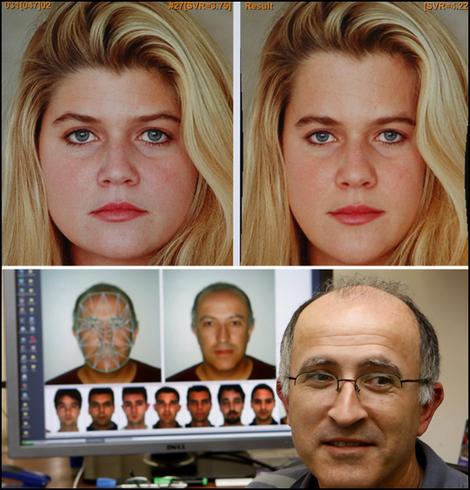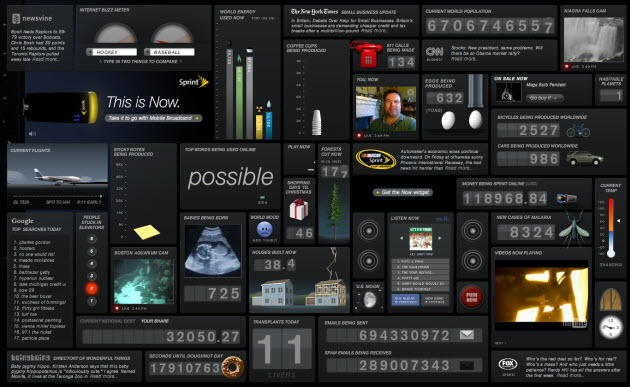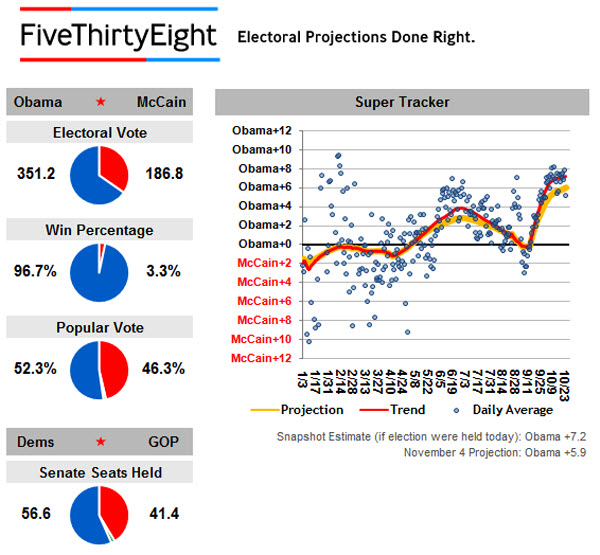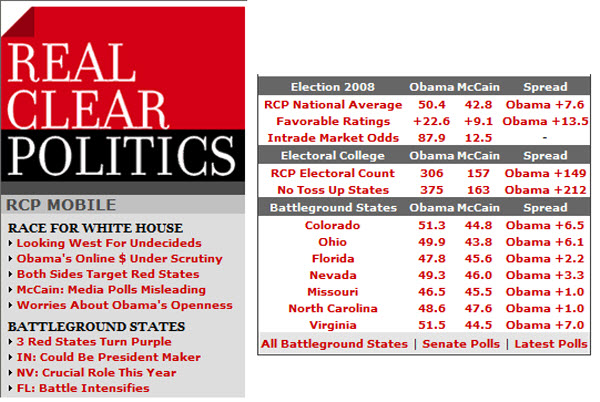
Last week I went to visit my son, Ben, at a Duke University parents weekend. This April, I will return for my 25th reunion. A lot has changed since I was in college.
One of the biggest changes I noticed was how much information the Internet puts at each person's fingertips, regardless of where they are on campus. Doing research no longer means a trip to the library. And books, magazines or newspapers are a distant second-place to online research and news items.
Staying informed is a big part of my business as well. I used to receive several newspapers daily; and my morning routine started by scanning them cover-to-cover and clipping items that might be of interest to me are someone I knew. I rarely read a newspaper anymore, except when I'm on airplanes.
Now, my daily routine uses news-feed readers and web sites to access a wide variety online content. This is a great way to sort, sift, filter, and act on relevant information.
So, this week, I want to share some of the news sites that I find useful.
News Aggregators:
These
are sites that combine news from many sources and create an updated
mash up of information it gives me a quick view into what's happening
each day.
The Basics: There are no surprises here; still Google News and Yahoo! News are so good that I have to list them anyway.
Next Generation: Some of the newer aggregation sites are quite clever. Here are a few that I really enjoy:
- NewsCred: Easily personalized to pick sources and rank by credibility.
- Topix: Comprehensive and well categorized. Has a nice look and feel. Uses RSS well.
- Newser: Nice summaries and related links. Uses pictures well, too.
- Daylife: an example of an intelligent content service platform (read: little human editing).
- Newsvine: well done; with social-sourced news flagging.
- Regator: Specialty is organizing and finding blog posts.
- Slate: A little different than the others; more editorial content.

Slate has a number of interesting features. Today's Papers summarizes current newspaper coverage. Another summarizes current magazine stories. And a third, called Today's Business Press, does just what you'd expect.
All three are quick to read and well done.
Also worth checking: Digg, Technorati, and Techmeme.






